trackbeo
Forum Replies Created
- AuthorPosts
-
Orphan Black (Beogram 2000 (I think))
Wait, there’s some mind-blowing production work to get 4 clones in a dance party together, and you’re looking at… the turntable?!?! See the clip, from Season 2 final episode: https://www.youtube.com/watch?v=DsTc_o5ixU8 and the reveal edit: https://www.youtube.com/watch?v=XE2u_N8g6cs
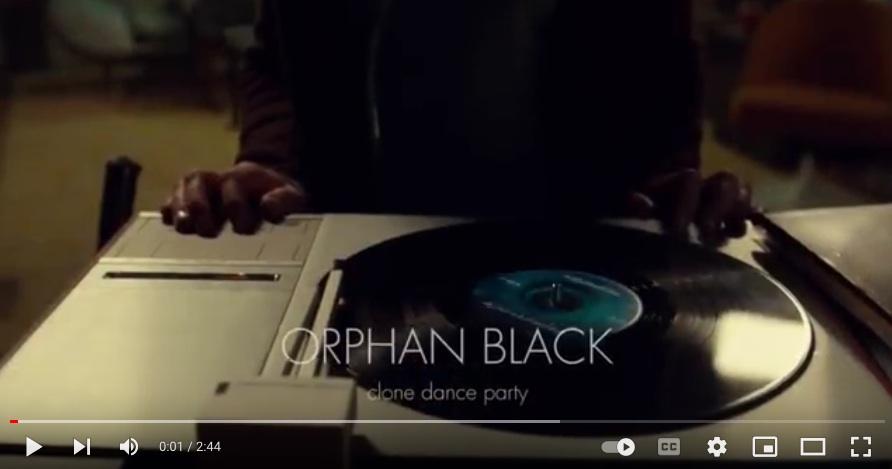
Not to mention, how else to record the FM-Simulcast onto the VCR audio track? ? ?
Just to confirm, @MM is correct as usual: using the “Aux Link” (as it was called in the MCL2 days) had various features, but two of them were: “Sound from the Radio, CD Player, video tape recorder, or turntable thru the TV speakers.” & “Sound from the TV or video tape recorder thru the audio system speakers.”
Trackbeo, so can I use this as Line Out to the core? All I want to do is select Line In on the Core and then control the Beomaster stack with the Beolink 7000.
I don’t own a Core, so not sure of which pin-to-pin cable… But solely regarding audio signals supplied and received, yes, that should work. Using the Beolink 7000 to drive the Beosystem as an (unknown type, non-integrated) “auxiliary source” will certainly work. But that’s what I meant about “remote control and proper Core integration” — using two remotes is fine but maybe someone with more experience has a B&O integrated solution? For example, my understanding is that the DataLink connector for Tape2 is capable of powering up the system — that’s how the “play” button on Tape1 or CD7000 fires up the main unit. But is there some way that the Core could trigger this? I dunno.
You can use that Line-In/Out port, but then the Beomaster will not play anything thru its own amplifier. That existing clear plastic plug is a crossover, output-to-input. (I used that jack to loop in an equalizer.) I don’t know about selecting sources with the remote control and proper Core integration, but would use the output pins on the Tape2 connector to get a line-level output (which is always supplied). That way no surprises when someone plugs passive speakers into the Beomaster and it “doesn’t work”!
For dullards like me to whom this is not obvious, by “screws at the bottom” @Beoaddict means “at the bottom edge of the rear panel,” and “flip over” means “…so it is resting on its rear panel on your floor/bed/…” The service manual instead assumes you have a service stand holding the TV upright, so you would be sliding the front glass/frame assembly up vertically. (I’m pretty sure it was available here, to gold members? Anyway, it’s board-level service only.) Here are the screw locations.
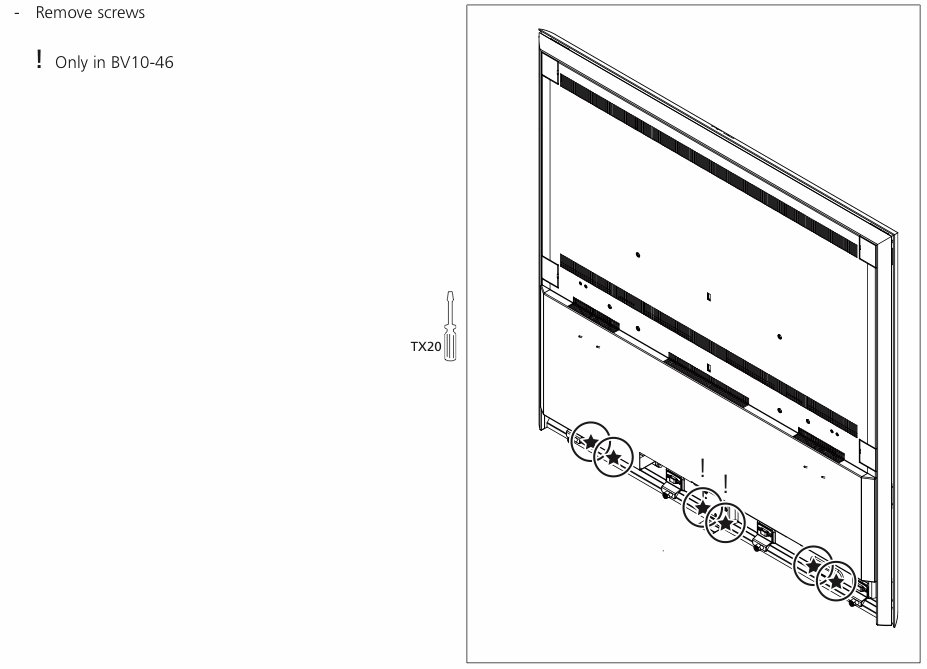
Suggestion: Name your carrier & location, and the CPE model number. Thus someone knows if their experience might be helpful to you.
An experiment you could try is substituting an old bell ringer phone, or even a moderately-old AT&T slimline. Does that work? Then parallel it with your Beoline. Does that work? “Their end not mine drops the call” implies that something on your end is picking up and immediately hanging up, though it’s not clear where in the chain that something is. A DSL filter added should both be unnecessary anymore, and should make no difference, which it doesn’t, so that’s good at least.
@LeMirage, you may already have tried this, but the typical response for certain “other” wireless music systems (coughSonosSneeze) is to assign static IP addresses in your Wi-Fi router for each and every system component, and move its DHCP base address higher than any of them. (And reboot everything afterward, plus make sure you have not assigned the same static IP addresses to anything else, of course.)
This absolutely should not be necessary — but consumer residential router firmware is sometimes as buggy as B&O’s. Especially across single devices being unplugged or the internet connectivity going down temporarily, this kind of thing “just happens”. It’s a pain, and you don’t know if it did any good until days later, but it’s worth a try.
Martin’s list of units that take his newly manufactured feet.
[Edit: Ooops, sorry, his are for BeoGRAM 9000/9500/etc/etc/etc. not the Systems.]
From “Open House NYC”, March 6, 2022: the apartment of celebrity hairstylist Frederic Fekkai. BeoLabs are 8002 even though you can’t see the LED. The Beolink Eye is unnecessarily center-mounted, forcing the TV even higher up above the fireplace, and the Beocenter 2 is… oops.
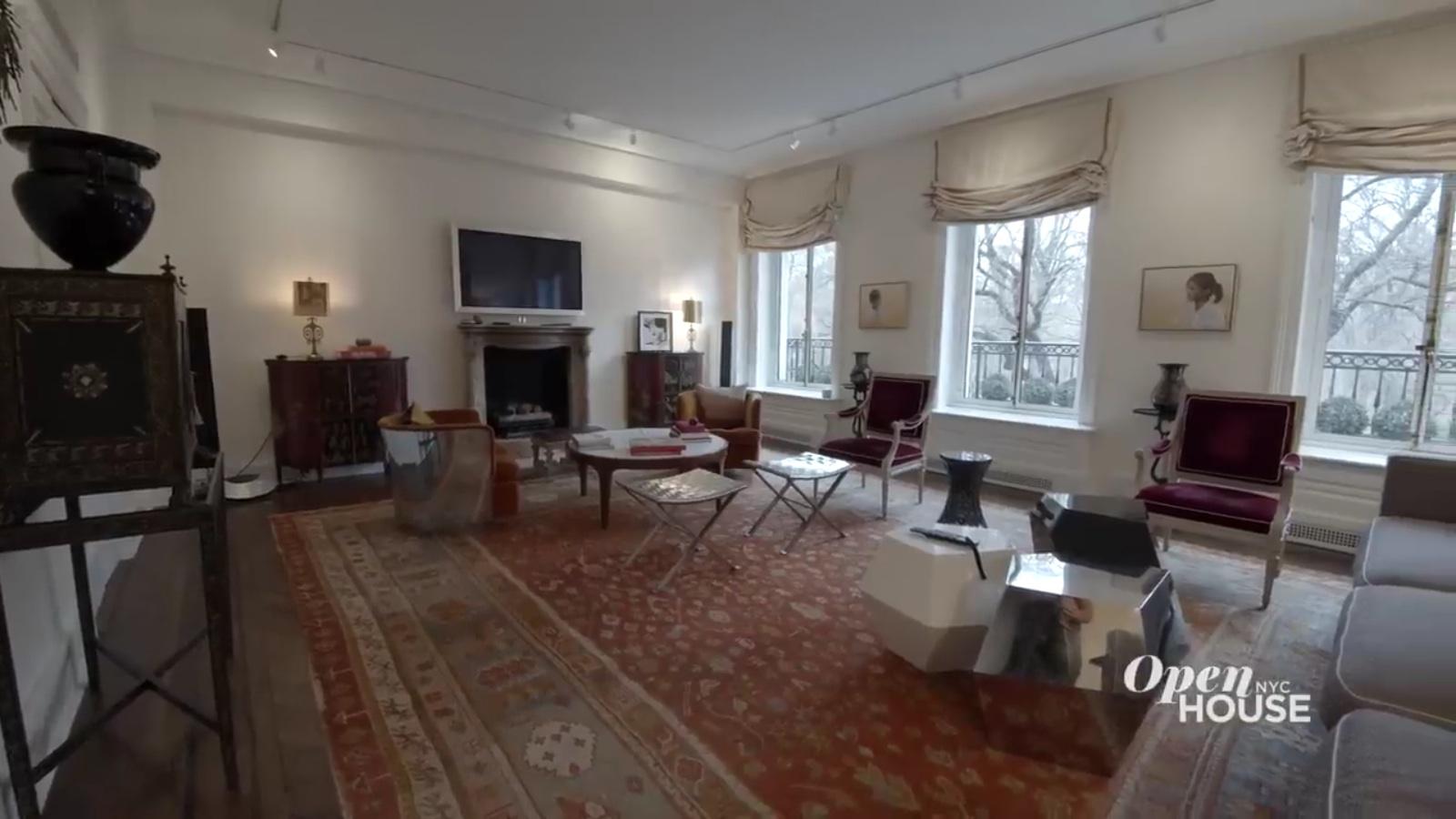
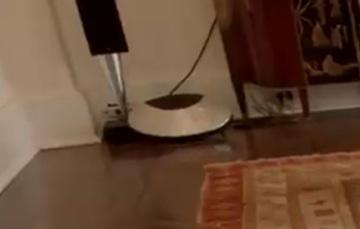
If you PM me I’ll pass along Willie’s e-mail address, and you can ask him to post here, maybe? Or if you have the stomach for it, review old BeoTalk casts at chipmunk-speed on YouTube (pre-#150), or maybe e-mail its host (also PM) to ask which one.
What I recall was that Willie pulled the USB voltage off the interior of the connector to a fan on the case back or bottom, not board mounted — which would draw air past the offending video engine chip. He wanted some brand fan (Noctua?), but had to go with something smaller (and/or thinner?) because the full sized one wouldn’t fit. Then it was too loud, so he soldered in a couple resistors to tap the lower voltage. Sorry I don’t have that TV so I didn’t really follow where exactly he mounted it.
Or maybe you could join next Sunday’s BeoTalk chat and ask (or throw them a couple bucks of so-called “superchat”) and we can all listen to the details again. Good luck!
At least 5 of those colors were auctioned off at Sotheby’s:
There was a thread about it:
https://archivedforum2.beoworld.co.uk/forums/p/33354/250756.aspx
[Pardon me for interjecting, kindly ignore if I got this wrong…] Your suggestion is helpful @BeoFrederic, but… ¡¡¡Noooo!!! (Please, please no.;-) The very idea of switching over to a VNC app in order to choose an item out of a list in the Mac UI, then switch back to the Audirvana app (Audirvana Remote?), is completely off-putting — and iTunes (now Music.app) doesn’t need it. If it were needed, that pretty much disqualifies Audirvana for casual multi-room use. At that point one might as well stay in the VNC app and just drive the Mac Audirvana directly. (Spoken as someone who has done just that with Windows iTunes and Microsoft Remote Desktop Connection. Too 20th-century, to my eternal shame and horror but it was so cool in the day, viz🙂
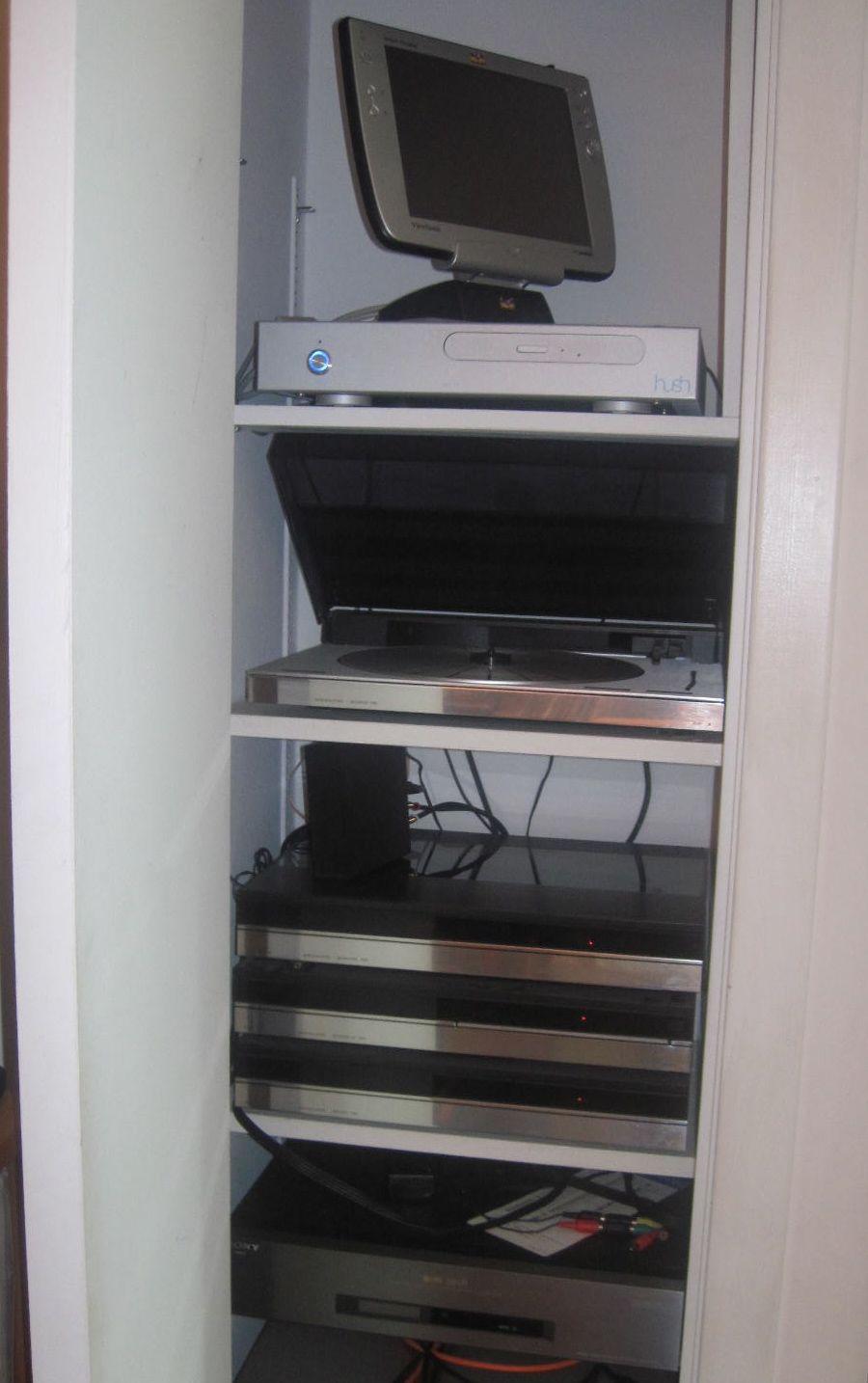
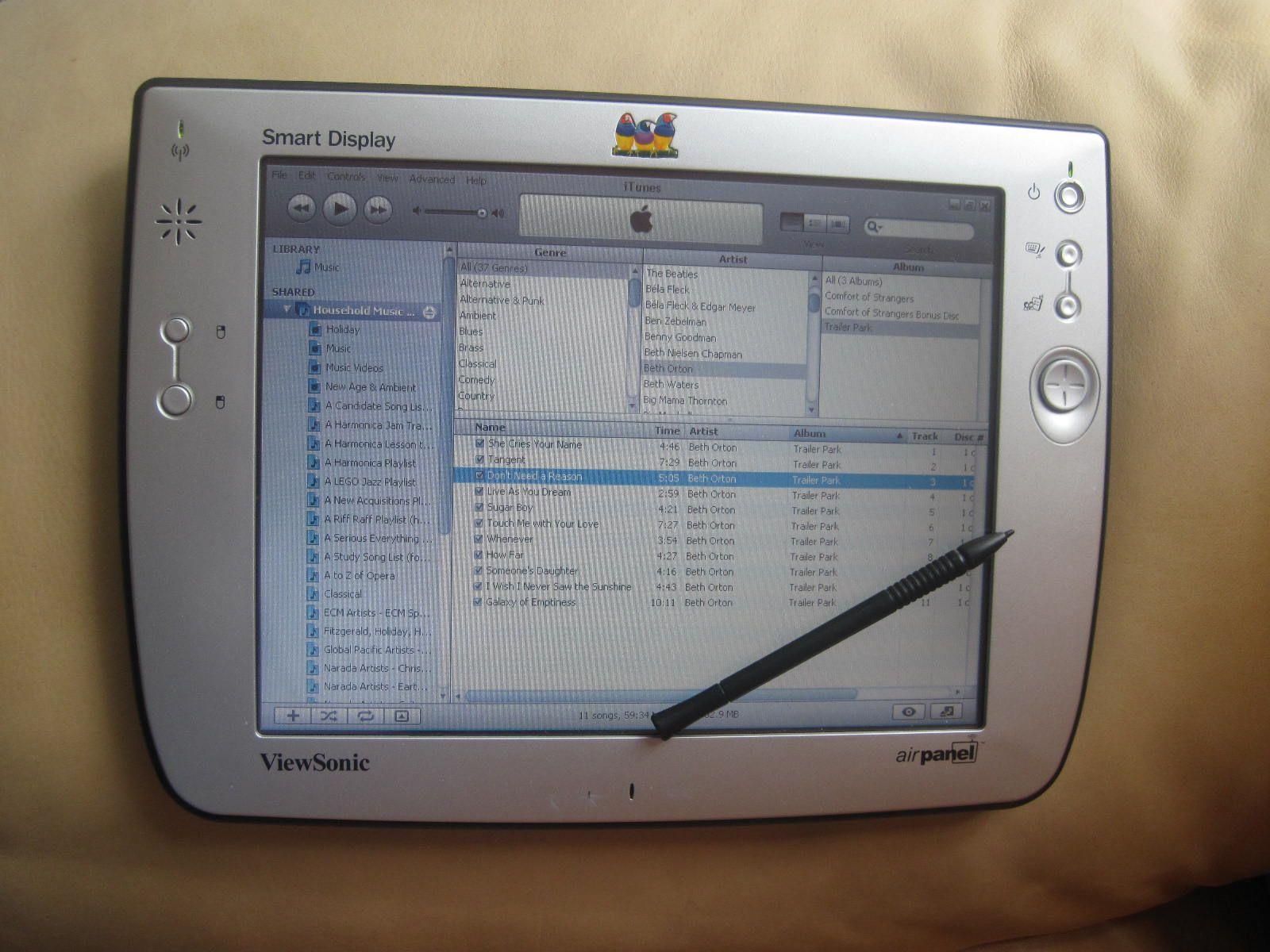
Relays clicking, the sound of motors whirring (that’s the doors), and a final relay clack are all good signs when power is applied. Next is basic CPU working at all, and ribbon cables connected, so: Does the little red dot in the upper right display show up? Do any of the buttons work? I.e. “Load Tape” & “Load CD” ought to whir the motors even if the doors are frozen shut. And “Sound” button ought to make the upper display show “Volume” and lower display show arrows lower left. Any of that? This much functionality is required before playing or amplifying anything. I don’t know enough to walk you all the way thru, but “does not work” is pretty broad. So maybe with these three answers or a few more details, others with more experience can make good guesses…
Use single number keys 0-9 to go to radio station presets. Use the GOTO button to type in tuning with number keys. GOTO then TURN switches AM/FM. There’s search mode, too, with << and >> buttons. You may find the Beocenter 9500 manual helpful because it describes using the older Beolink rather than the special Beolink 7000, which is what the Beosystem 7000 manuals describe.
To sort through the files on your Mac and select one to play, the all-Apple old-school AirPlay streaming method is to run iTunes (older Mac) or Music.app (newer MacOS), and run Apple’s “Remote” iOS app on an iPad or iPhone to view the library and control the Mac from your armchair. Or run Apple Music on the iOS device itself if you don’t have a personal library. A typical hi-res alternative is to buy a Roon subscription and run the controller on your Mac, both to serve up your own hi-res files or to shoot out Tidal HiFi. You can get the trial version of Roon just to look at its very nice diagnostic display of the bitrates it’s using in your setup!
Yes, AirPlay2 works through a wired network. Yes, AirPlay2 has a limitation on high-res: 48K/24-bit seems to be what is generally quoted, although in theory it should support 192K/24-bit. Apple is intentionally vague on what bitrate gets negotiated when you send a hi-res stream to the HomePod, but it appears that *everything* is resampled into AAC 256K. You won’t be able to tell the difference with that speaker anyway. See here: https://discussions.apple.com/thread/252848734 and here, for the fog: https://www.audiosciencereview.com/forum/index.php?threads/does-airplay-2-support-high-resolution-audio.4629/ . Fog dispelling attempt here: https://techobsessed.net/2021/06/apple-music-lossless-and-airplay-dont-work-like-you-think-they-should/
No, going wired versus wireless doesn’t increase the bit rates that are negotiated inside the AirPlay protocols. What it does do is overcome the inherent failings of multi-room AirPlay, where all the speakers are checked for lag time and given timing instructions along with the data. For me, in a residence where more than 4 rooms have speakers, and a moderately out-of-date Wi-Fi access point (Apple AirPort Extreme 5 gen) the bandwidth required and the inevitable dropouts from wireless hits in a crowded environment make multi-room playback unusable. Turning the volume dial on the top of a BeoSound 1 while playing to (e.g.) 2 BS1s and 2 HomePods is super slow to get back to the Mac. Two rooms, works perfect; three rooms, usually OK; four rooms periodic “traveling room” shifting dropouts and lags; 5 rooms forget it. But YMMV.
The Beosound 1 (2nd gen) waiting with its Doc Ock friends to go outdoors onto the deck:
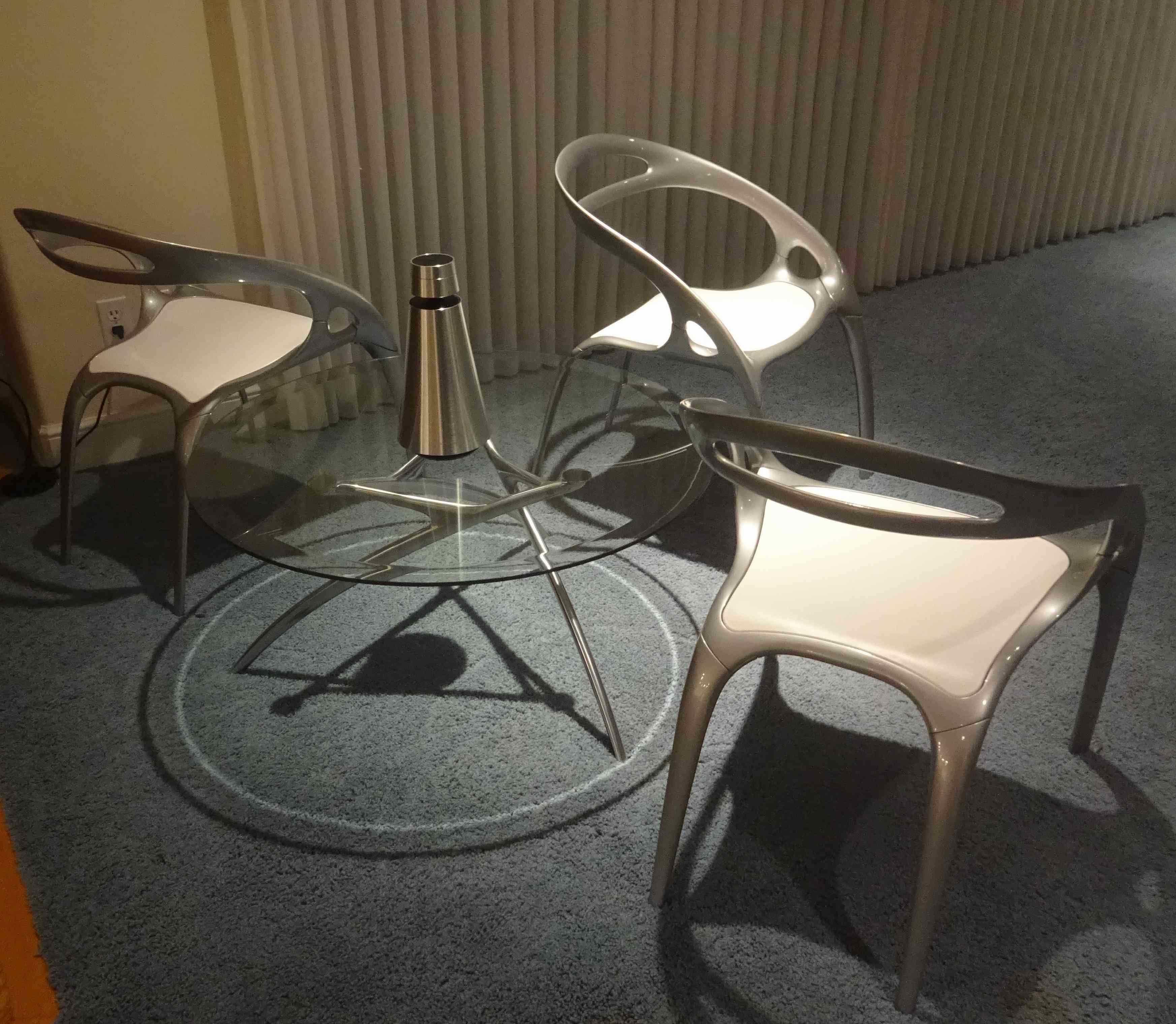
(The chairs are by Bernhardt, Ross Lovegrove’s “Go”. The table is by Ekkornes, their “Enigma”. Also, no-cables isn’t just the usual Danish conceit — notice the charging pad lurking on the floor!)
2) They probably want to sell you a new wall bracket from STB. Bottom of the page, here:
If you describe how the sound varies it might help diagnose. Is it “wow”, i.e. frequency change up&down, “flutter”, i.e. rapid tone or volume changes, “thinning” i.e. certain frequency ranges but not others fading out, or additional non-recorded sounds added to the mix?
Warped records might cause frequency changes, but it is usually small. Big warping sounds will be bumps or skips from the cartridge bottoming out. Vertical tracking angle changes can cause the sound to change, but it’s not so obvious. An off-center hole in the record pressing is more likely to cause wow, but is also easily visible from above looking at the tone arm wobble in and out.
At this age and with multiple new records, I would bet on mechanical failure of some kind rather than merely warped vinyl, but hopefully an expert on RX2 restoration will chime in if there exists some obvious failing…
- AuthorPosts
